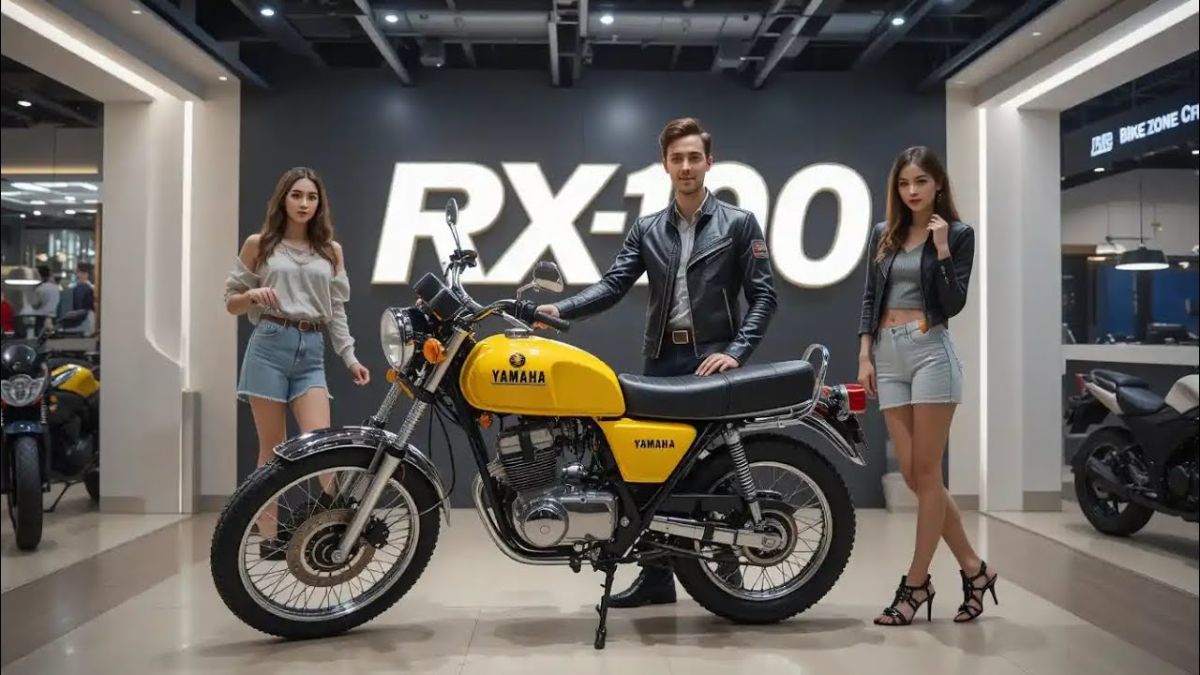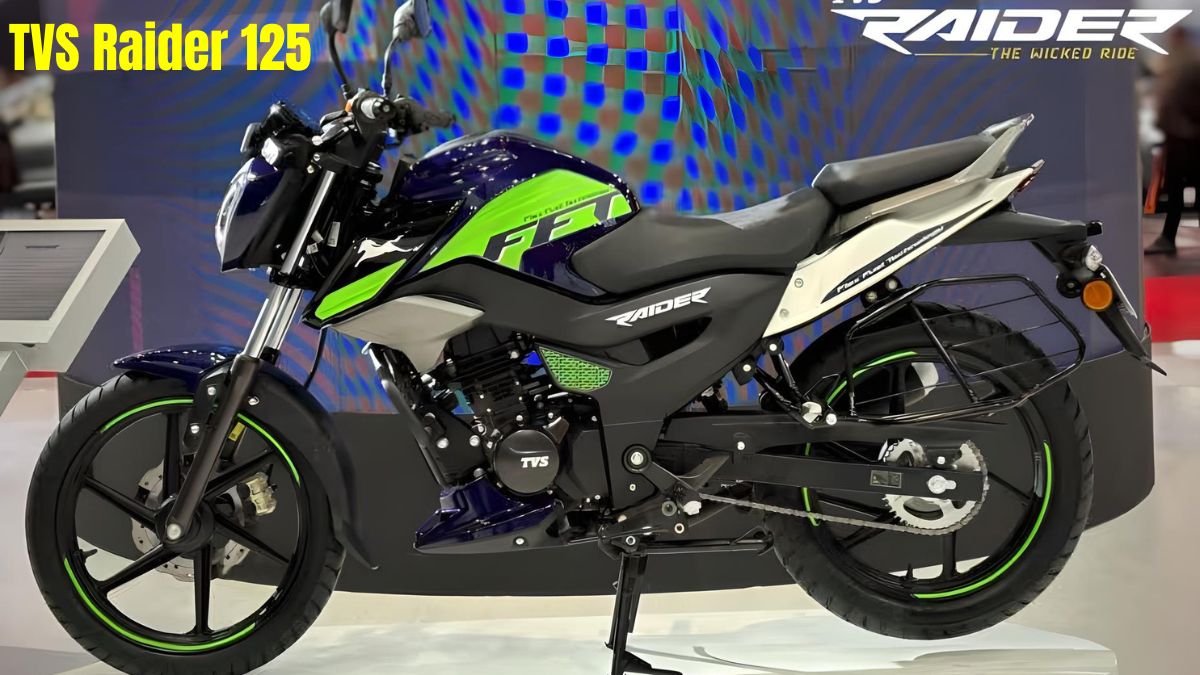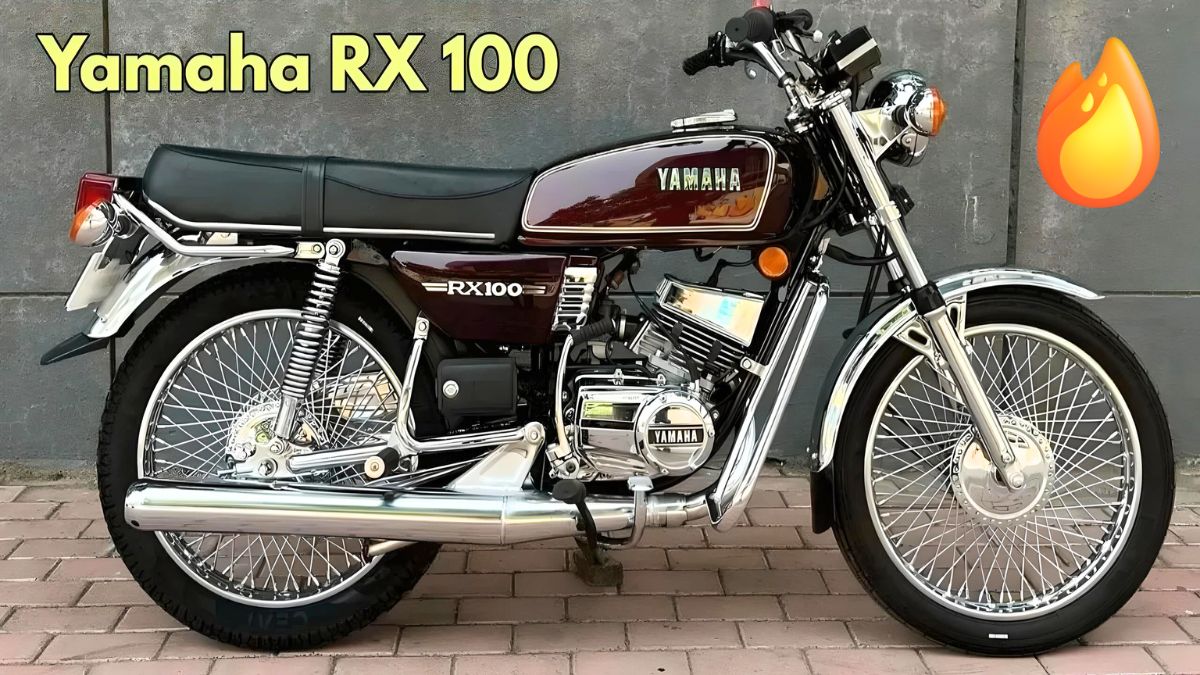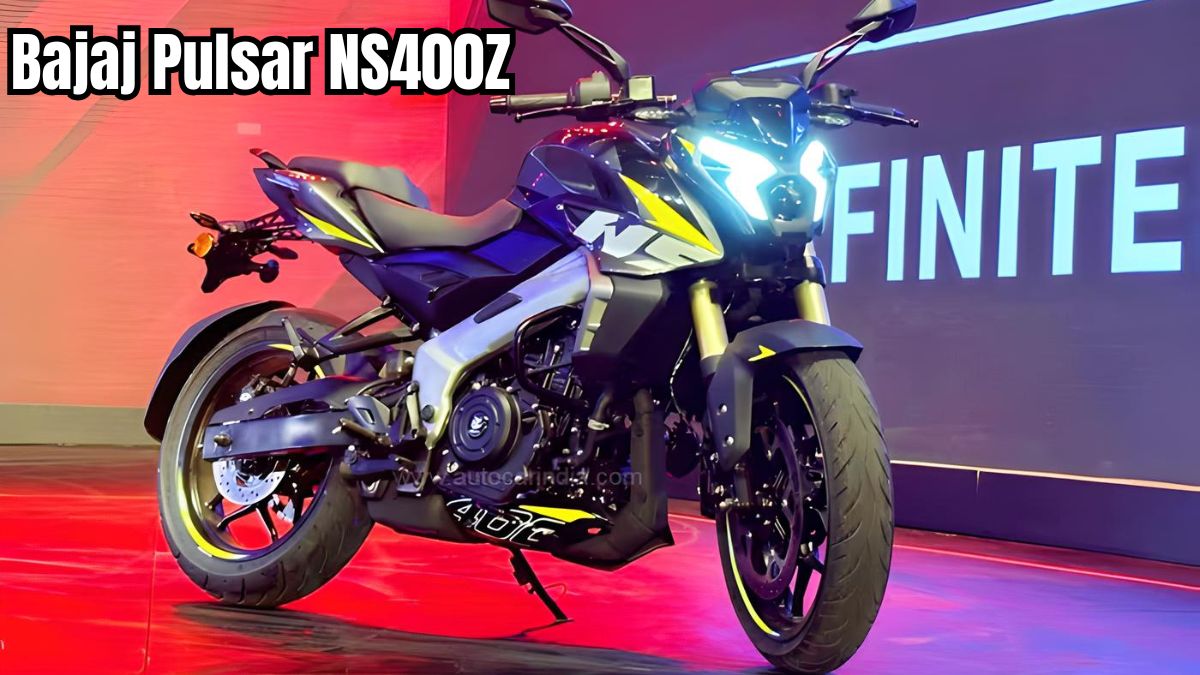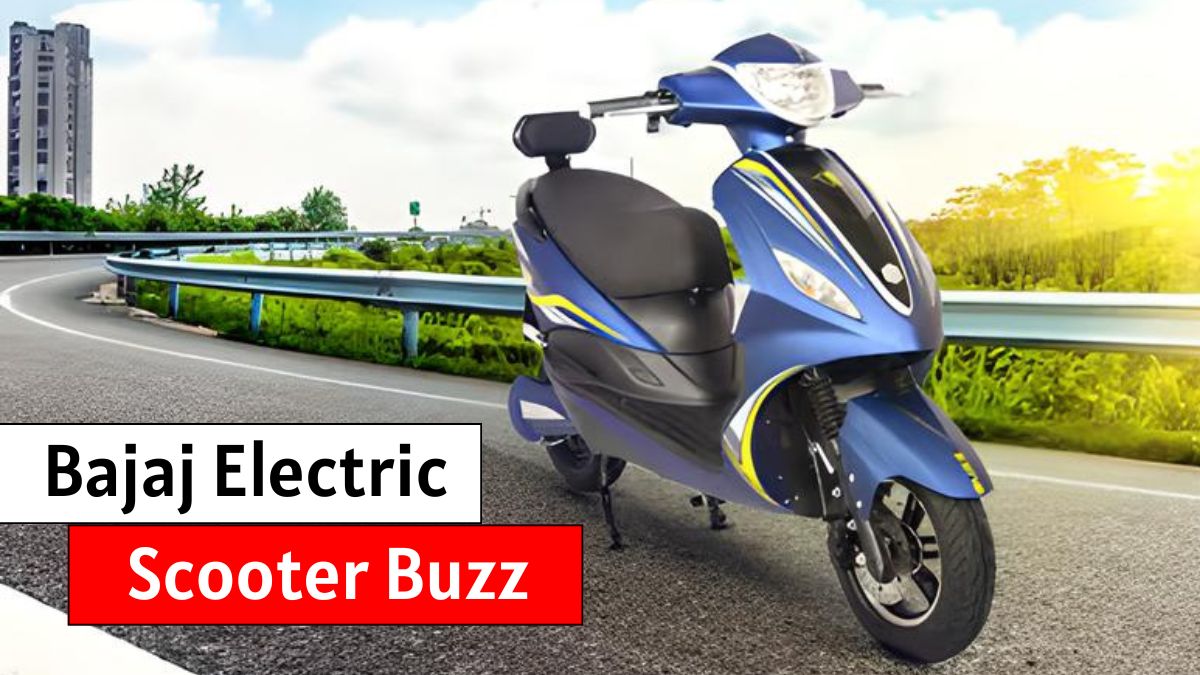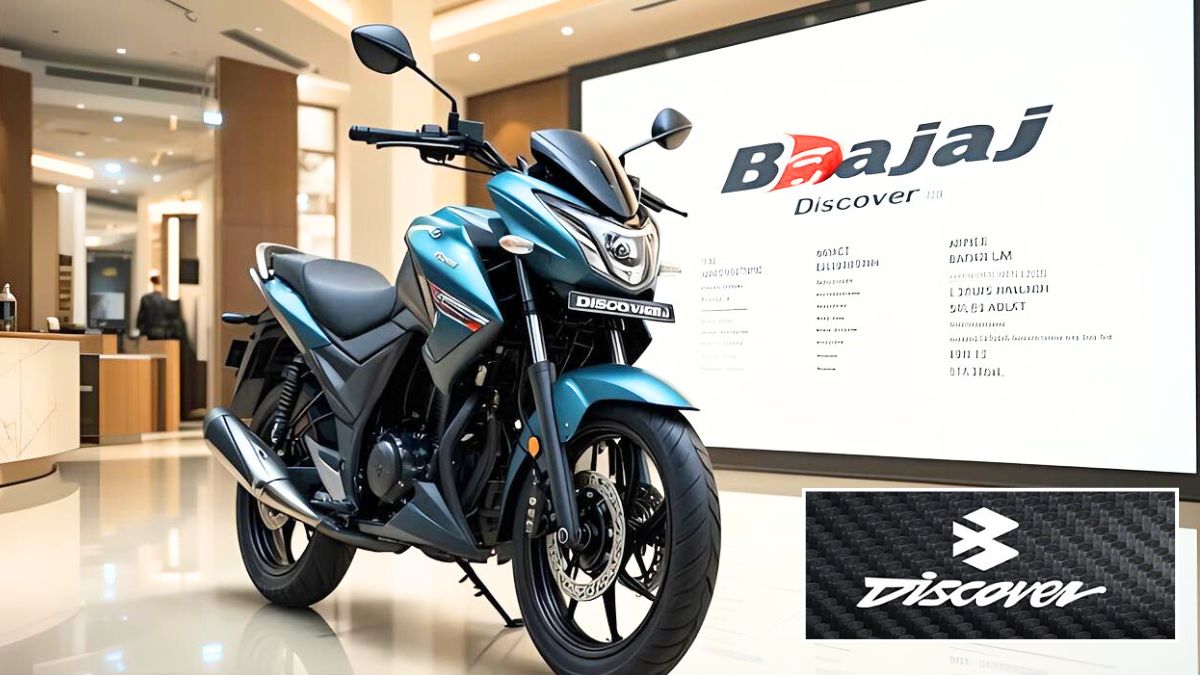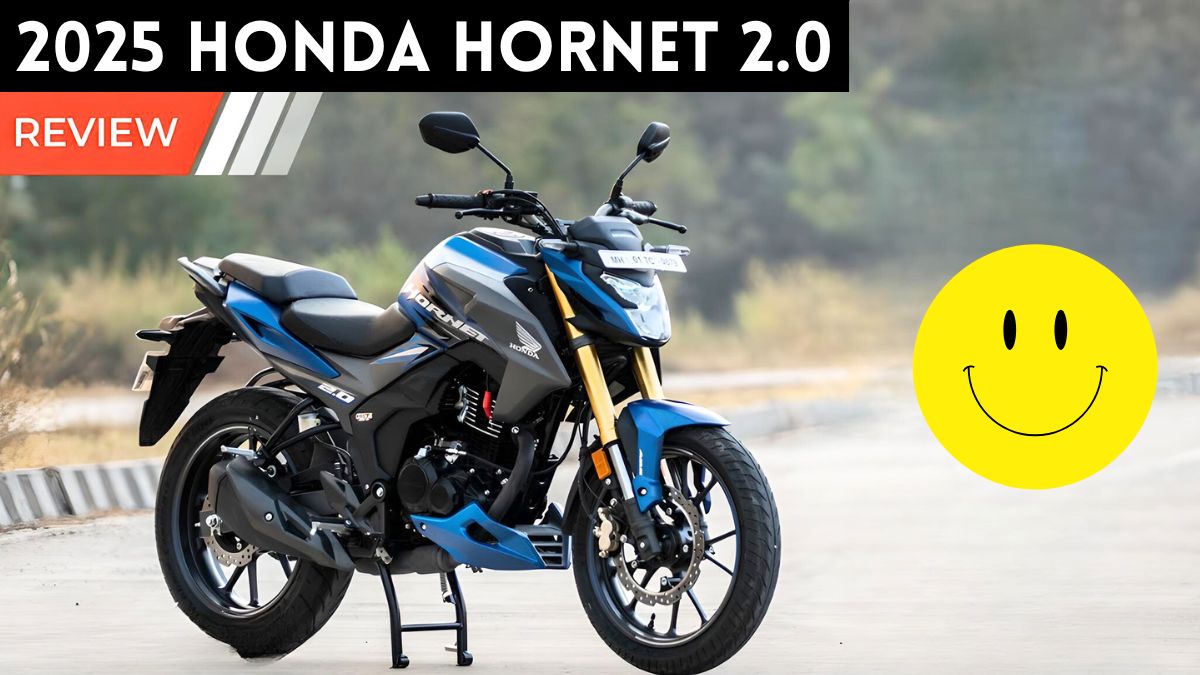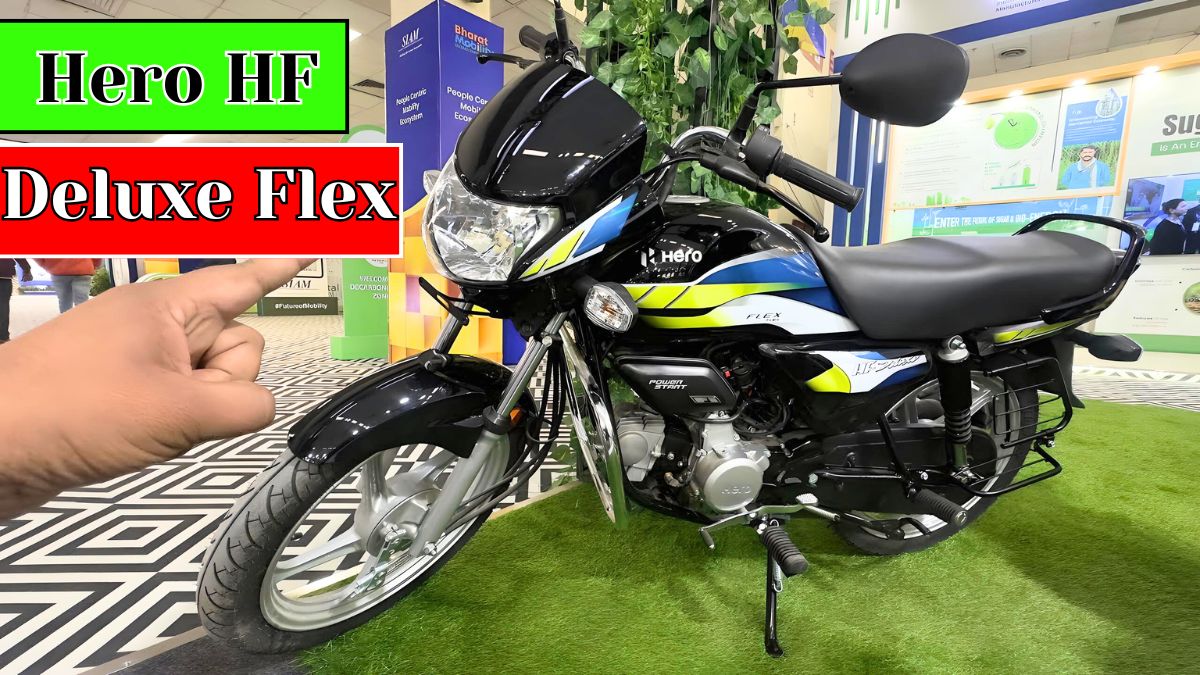Yamaha RX100 : Few motorcycles in India have managed to leave a lasting impact like the Yamaha RX100. Launched in 1985, this lightweight two-stroke bike didn’t just change the way Indians commuted—it became a part of growing up for an entire generation. Even today, more than 30 years after its production stopped, the RX100 continues to be a prized collectible, with well-preserved models selling for around ₹85,000 or more.
So, what makes the RX100 so special? It’s not just the machine. It’s the memories, the thrill of riding, the unmistakable sound, and the stories passed down through families.
A Revolution on Two Wheels
In the mid-1980s, India’s motorcycle market was dominated by slow, fuel-efficient commuter bikes or expensive Royal Enfields. The arrival of the RX100 changed everything. It was sporty, affordable, reliable, and most importantly, fast. At a time when India’s middle class was growing and looking for mobility, the RX100 offered something new—a fun, stylish way to travel.
Powered by a 98cc, air-cooled, two-stroke engine, the RX100 delivered 11 horsepower and could hit 0–60 km/h in just 7 seconds. That was unheard of at the time, especially for such a small engine. Its lightweight 103 kg frame and sharp handling made it a favorite among young riders and college students. The engine’s distinctive “ring-a-ding” sound became a familiar tune in cities and small towns alike.
More Than a Machine: A Cultural Icon
For many Indian families, the RX100 wasn’t just a bike—it was a family member. It was your father’s or grandfather’s first vehicle. It took people to college, work, weddings, and vacations. It was also the first taste of freedom for many young riders. Owning one gave you a certain status—cool, independent, and adventurous.
The bike’s emotional value helped create a lasting bond that has only grown stronger with time. Even today, hearing the engine start up or smelling the two-stroke oil brings back memories for thousands.
Engineering That Set New Standards
The RX100 may have looked simple, but it packed smart engineering for its time. The two-stroke engine delivered quick acceleration and smooth power. Yamaha’s torque induction system helped maintain performance across different RPM ranges. The 4-speed gearbox was well-matched to the engine, and the bike’s balance made it easy to ride even for beginners.
It had a solid chassis, front telescopic forks, rear swing-arm suspension, and a comfortable seat. This made it perfect for both daily rides and weekend fun.
Rise of a Collectible
Fast forward to today, and the RX100 has become one of the most in-demand classic motorcycles in India. Collectors, mechanics, and riders are hunting for original pieces. Prices for good-condition bikes start around ₹85,000 and can go well over ₹1 lakh for mint-condition models with original paint and parts.
Why the high price? First, very few untouched bikes remain. Most have been modified, rebuilt, or simply worn out over time. Second, the demand isn’t only from older riders. Even Gen Z riders are joining the craze, looking for something raw and real—an escape from the plastic-heavy, tech-filled modern bikes.
A large community has formed around RX100 restorations. Mechanics specialize in bringing old bikes back to life. There are even shops selling original or reproduction parts, including the iconic square headlamp, chrome mudguards, and stock exhaust systems.
A Platform for Learning and Customization
The RX100 also played a big role in developing India’s DIY (Do It Yourself) bike culture. Riders would experiment with performance upgrades like expansion chambers, porting the engine, or adding free-flow air filters. These weren’t just style choices—they were lessons in mechanical engineering. Young enthusiasts learned how engines worked, how tuning changed performance, and how a well-maintained bike could feel new again.
These skills passed from generation to generation, along with stories and pride. It wasn’t just about riding—it was about bonding over grease, tools, and Sunday afternoons spent in the garage.
Still Relevant in the Modern Age
Despite being out of production since the 1990s, the RX100 is still seen on roads. Whether as a showpiece, a collector’s pride, or a lovingly restored family heirloom, it’s very much alive. Social media has only fueled its legacy, with dedicated pages, groups, and YouTube channels sharing restoration tips and nostalgic content.
With retro and vintage vehicles gaining popularity globally, the RX100 could see even higher collector demand in the coming years—not just in India, but across Southeast Asia and other emerging markets where the bike once sold.
Conclusion: A Timeless Legend
The Yamaha RX100 is more than just a motorcycle—it’s a symbol of India’s changing times. From ₹18,000 as its original price to a collector’s value of ₹85,000 and beyond, it represents a journey of passion, heritage, and emotional attachment. In a world moving rapidly toward electric vehicles and automated transport, the RX100 reminds us of a simpler, more personal connection to machines.
It roared through narrow streets and wide highways, left a trail of blue smoke, and etched its name in the hearts of millions. And it’s not going anywhere soon.
